Today’s post celebrates highlights from TNOC writing in 2017. These contributions, originating around the world, were widely read, offer novel points of view, are somehow disruptive in a useful way, or combine these characteristics. Certainly, all 1000+ TNOC essays and roundtables are great and worthwhile reads, but what follows will give you a taste of this year’s key and diverse content.
Check out highlights from previous years: 2016, 2015, 2014, 2013, 2012.
In essays, roundtables, and reviews we continue to seek the frontiers of thought found at the boundaries of urban ecology, community, design, and art. Importantly, we’ve attracted more and more readers: in 2017 we had over a half million readers from 2,500+ cities in 150+ countries. Thank you.
New things are coming in 2018, including:
- We are working toward incorporation in Ireland, creating an organization foothold in the European Union;
- A series of collaborative poetry in place-making, called TransRengas, in collaboration with ArtsEverywhere.ca and Musagetes Foundation;
- We hope to announce soon a series of international transdisciplinary TNOC meetings;
- As an outgrowth of our Nature of Graffiti project, we will embark on the beginning stages of an interactive, creative exhibit of art on social-environmental themes in urban “vacant” lots, generously funded by the U.S. National Endowment for the Arts;
- And of course, over 150 new essays, reviews and roundtables.
(Banner drawing by Richard Register.)
Donate
TNOC is a public charity, a non-profit [501(c)3] organization in the United States. We rely on private contributions and grants to support our work, and to demonstrate grassroots support to our organizational funders—so, if you can, be a part of the movement for more livable, resilient, sustainable, and just cities by making a donation. Click here to help.
Roundtables
Are cities ecosystems in the senses in which we think of classic natural and ecological areas outside of cities? After all, urban spaces are connected mosaics of green space, biodiversity (including people), non-biological structure, biophysical processes, energy flows, and so on. That sounds a lot like a natural ecosystem. Many of these contributors say, yes, certainly, cities are ecosystems. Not all, though. A few more are skeptical that an ecosystem concept is central to planning better cities. The more common belief among this group might be that a socio–ecological and landscape approach to cities is more important, and one that is imbued with values.
…with contributions from: Marina Alberti, Seattle | Erik Andersson, Stockholm | Sarah Dooling, Austin/Boston | Paul Downton, Melbourne | Thomas Elmqvist, Stockholm | Nancy Grimm, Phoenix | Dagmar Haase, Berlin | Dominique Hes, Melbourne | Kristina Hill, Berkeley | Madhusudan Katti, Raleigh | Francois Mancebo, Paris | Clifford Ochs, Oxford | Steward Pickett, Poughkeepsie | Stephanie Pincetl, Los Angeles | Rob Pirani, New York | Richard Register, Berkeley | Eric Sanderson, New York | Alexis Schaffler, Berkeley/Johannesburg/Cape Town | Vivek Shandas, Portland | David Simon, Gothenburg | Jane Toner, Melbourne | Yolanda van Heezik, Dunedin | Ken Yeang, Kuala Lumpur
Do we truly believe in the benefits of ecosystem services? If so, then who should enjoy these benefits? The answer is self-evident: everyone. But do all city residents around the world currently enjoy these benefits? No. What is the answer to this challenge? Is it just about building more green infrastructure? Building smarter? Being clear about “ecosystems for whom?” Or perhaps something more radical is needed—a fundamental reinvention of our economies?
…with contributions from: Isabelle Michele Sophie Anguelovski, Barcelona | Georgina Avlonitis, Cape Town | Julie Bargmann, Charlottesville | Nathalie Blanc, Paris | PK Das, Mumbai | Marthe Derkzen, Amsterdam | Maggie Scott Greenfield, New York | Fadi Hamdan, Beirut | Nadja Kabisch, Berlin | Jim Labbe, Portland | Francois Mancebo, Paris | Harini Nagendra, Bangalore | Flaminia Paddeu, Paris | Steward Pickett, Poughkeepsie | Andrew Rudd, New York City | Suraya Scheba, Cape Town | Marcelo Lopes de Souza, Rio de Janeiro | Hita Unnikrishnan, Bangalore | Diana Wiesner, Bogota | Pengfei XIE, Beijing
In the creation of better cities, urban ecologists and landscape architects have a lot in common: to create and/or facilitate natural environments that are good for both people and nature. And yet, they are still two distinct professions, and so there are ways in which they may say similar sounding things but mean something different. How can we get them better integrated in the service of better cities?
…with contributions from: Gloria Aponte, Medellín | Ana Luisa Artesi, Buenos Aires | Jürgen Breuste, Salzburg | Mary Cadenasso, Davis | Danielle Dagenais, Montreal | Susannah Drake, New York | Vero Fabio, Buenos Aires | Ana Faggi, Buenos Aires | Andrew Grant, Bath | Amy Hahs, Victoria | Steven Handel, New Brunswick | Marcus Hedblom, Stockholm | Sarah Hinners, Salt Lake City | Mark Hostetler, Gainesville | Yun Hye HWANG, Singapore | Maria Ignatieva, Uppsala | Jason King, Seattle | Nina-Marie Lister, Toronto | Ian MacGregor-Fors, Veracruz | Jala Makhzoumi, Beirut | Diane Pataki, Salt Lake City | Kevin Sloan, Dallas | Christine Thuring, Sheffield | Anne Trumble, Los Angeles | Mike Wells, Bath | Peter Werner, Darmstadt
As a design imperative, biophilia indicates that cities are more livable when they have more nature. But is biophilia an actionable driver of design in cities? If so, what should cities have as targets or goals for biophilia? If the aim is to create a “biophilic city”, how would you know when it was achieved?
…with contributions from Pippin Anderson, Cape Town | Tim Beatley, Charlottesville | Lena Chan, Singapore | Ian Douglas, Manchester | Paul Downton, Melbourne | Dusty Gedge, London | David Goode, Bath | Bram Gunther, New York | Chris Ives, Nottingham | Tania Katzschner, Cape Town | Steve Maslin, Bristol | Peter Newman, Perth | Phil Roös, Geelong | Eric Sanderson, New York | Jana Soderlund, Perth | Fleur Timmer, London | Chantal van Ham, Brussels | Mike Wells, Bath | Ken Yeang, Kuala Lumpur
Urban sites get planned, designed, and built. Many are called “sustainable” or “ecological”. Are they so? And who makes the evaluation? We gathered 15 designers and ecologists to talk about ecological design certifications. They were invited to celebrate or criticize existing systems, if they cared to. Mostly they were prompted to discuss key principles and metrics that would make the phrase “ecological design” harmonize the words ecological and design.
…with contributions from: Ankia Bormans, Cape Town | Katie Coyne, Austin | Sarah Dooling, Austin/Boston | Nigel Dunnett, Scheffield | Ana Faggi, Buenos Aires | Sarah Hinners, Salt Lake City | Mark Hostetler, Gainesville | Jason King, Seattle | Marit Larson, New York | Nina-Marie Lister, Toronto | Travis Longcore, Los Angeles | Colin Meurk, Christchurch | Diane Pataki, Salt Lake City | Mohan Rao, Bangalore | Aditya Sood, Delhi
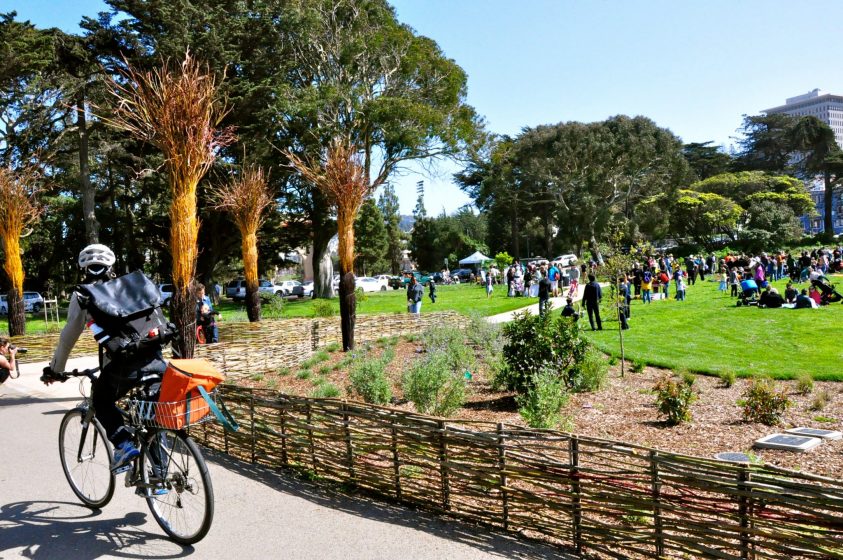 To whom does a city’s nature belong? Is it a common pool resource, or a public good? And who decides?
To whom does a city’s nature belong? Is it a common pool resource, or a public good? And who decides? Who decides what happens to city spaces of nature? Is it the community that lives closest to the sites? The entire city? Conflicts between these two different conceptions of to whom the “goods” of urban nature belong are fundamental to many urban contestations. Fourteen TNOC contributors describe examples of urban nature as public goods, as commons—or, most often, as intermingling of both.
…with contributions from: Amita Baviskar, Delhi | Lindsay Campbell, New York | James Connolly, Barcelona | Sheila Foster, New York | Phil Ginsburg, San Francisco | Jeff Hou, Seattle | Marianne Krasny, Ithaca | Mary Mattingly, New York | Oona Morrow, Dublin | Harini Nagedra, Bangalore | Raul Pacheco-Vega, Aguascalientes | Michael Sarbanes, Baltimore | Phil Silva, New York | Diana Wiesner, Bogotá
Essays
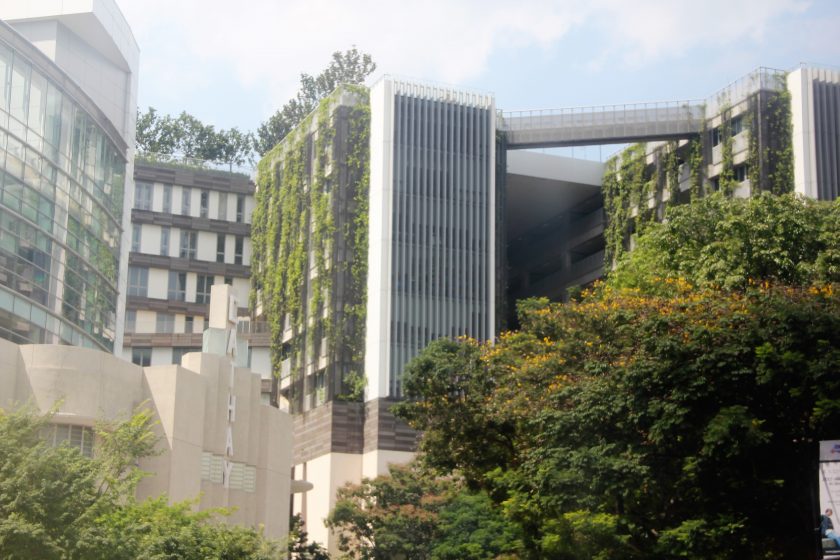
Singapore through the Eyes of a Young Planner in Manila
Ragene Palma, Manila
How has Singapore created itself as a “city in a garden”? As a Manila planner, my trip there was eye-opening. I live in a metropolitan area that favors a built-up environment, and always viewed green spaces as isolated areas for beautification, or as something held aside until a developer decides to use for more profit. Singapore shows that my everyday normal could be so much more.
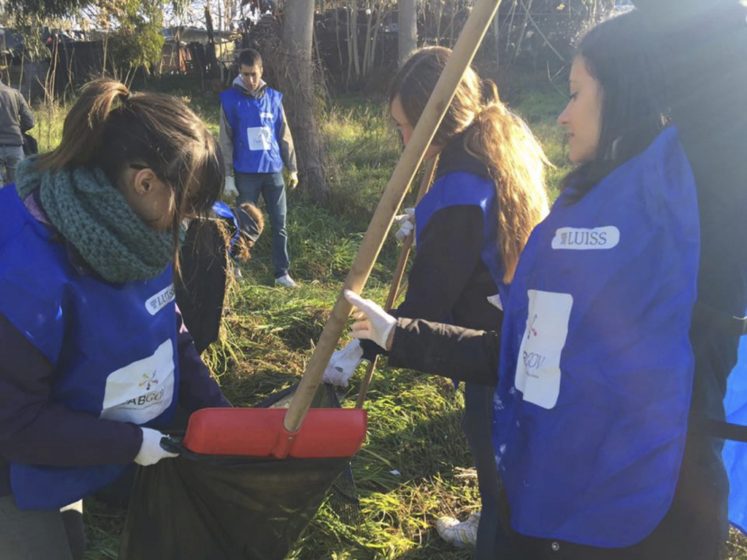 Ostrom in the City: Design Principles for the Urban Commons
Ostrom in the City: Design Principles for the Urban Commons
Sheila Foster, Washington, DC & Christian Iaione, Rome
Ten years ago, we began to explore the governance of the urban commons as a separate body of study—how different kinds of urban assets could be reconceived as urban commons, and later to conceive the whole city as a commons. Where there is a network of urban commons, we begin to see the transformation of the city into a commons.
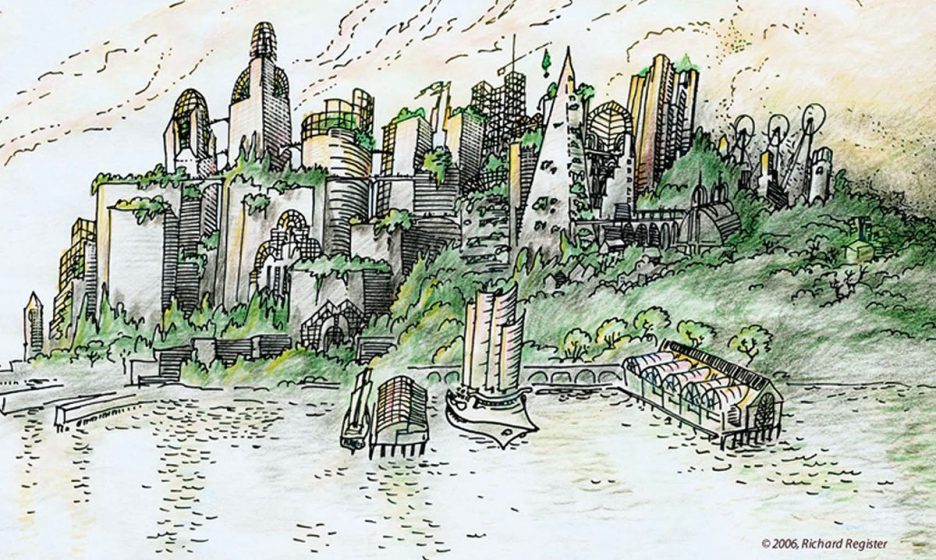 Seven Things You Need to Know about Ecocities
Seven Things You Need to Know about Ecocities
Paul Downton, Melbourne
An ecocity is about ecological health. It is conceived in aspirational terms because we don’t yet know even half of what we need to know to make the concept real. But the assertion of the ecocity is an article of faith: the idea is strong enough to set development and political agendas, and can be understood by the wider community. Only then can people engage with it and live the idea.
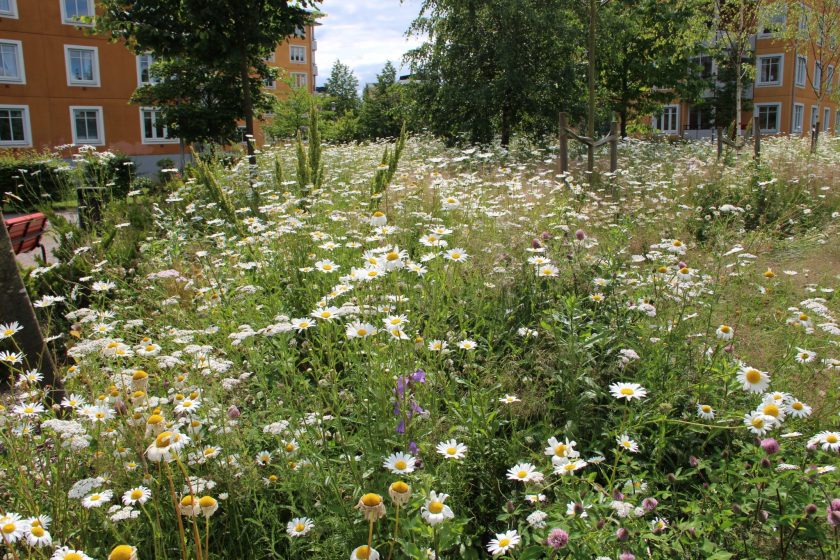 How to Make Urban Green Verdant and Sustainable: Designing “Wild” Swedish Lawns
How to Make Urban Green Verdant and Sustainable: Designing “Wild” Swedish Lawns
Maria E Ignatieva, Uppsala
Stockholm, is a famous “green” city. But, ordinary urban landscapes in Stockholm and other Swedish cities were mostly created during an period of fascination with lawns. Research suggests that Swedes like lawns, but many also desire a more biodiverse landscape. So, how can we design “wild” nature in urban environments?
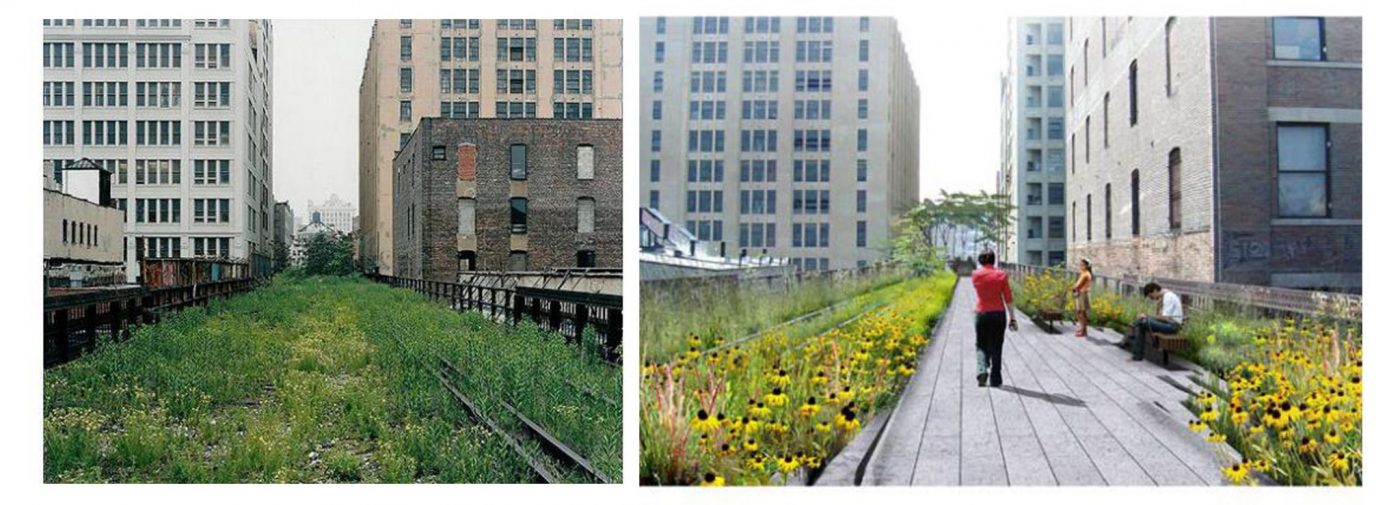 Ecologies of Elsewhere: Giving Urban Weeds a “Third Glance”
Ecologies of Elsewhere: Giving Urban Weeds a “Third Glance”
Daniel Phillips, Bangalore
Volunteers. Exotics. Aliens. Weeds. Cities are full of novel ecosystems. Should we include them in our definitions of “urban resilience”? A growing body practice says yes. Indeed, new modes of engaging with the urban landscape will not be based on superficial aesthetic concerns or sentimental rear-view thinking, but a celebration of the messy complexities of novel ecosystems, and the active role they will play in the nature (and future) of our cities.
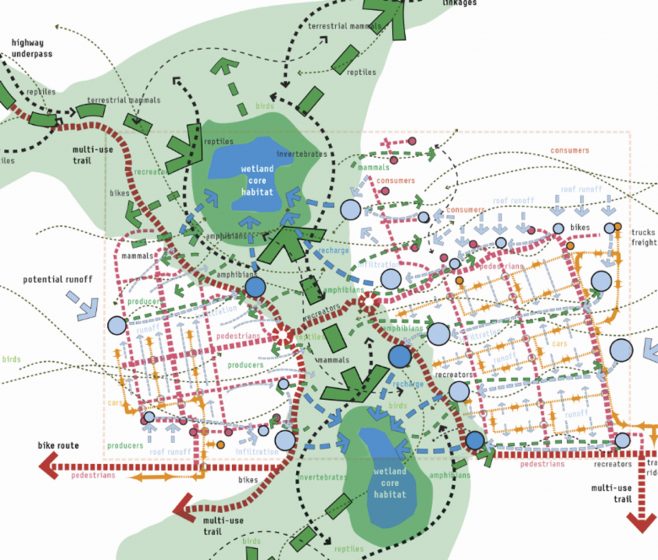 Crossing the Design-Science Divide
Crossing the Design-Science Divide
Jason King, Seattle
Designers and scientists are different. We think, communicate, and interact with the world in vastly different ways. The challenges are immense, but to expand the potential of projects we need to mediate the disconnect between science and design, building on positive strategies by ecologists and designers to increase collaboration and success.
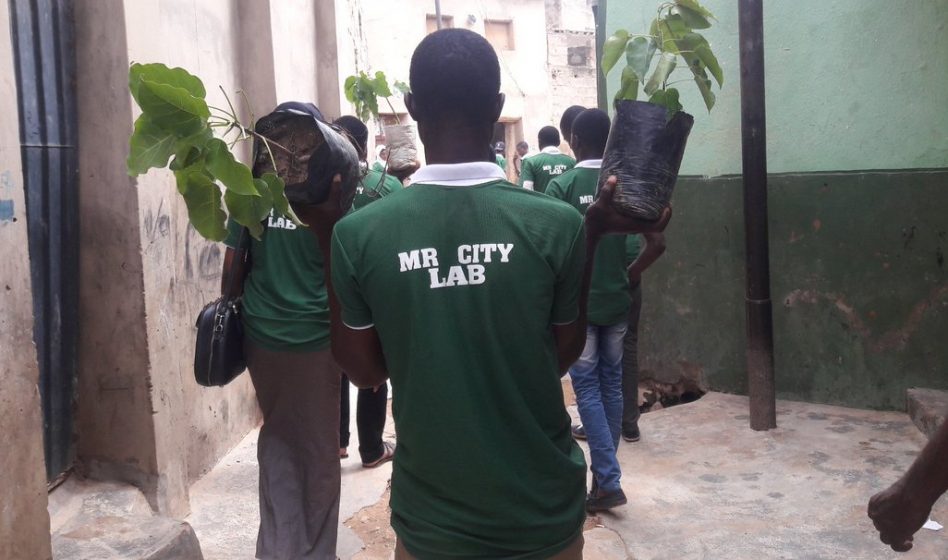 Restoring Indigenous Trees for Scaling Up City Resilience: The Role of African Millennials
Restoring Indigenous Trees for Scaling Up City Resilience: The Role of African Millennials
Aliyu Barau, Kano
It is crucial for municipalities in African countries and beyond to tap into millennials to achieve the SDGs. Millennials have the capacity and energy to engage their peers, younger and older generations who look up to their innovative energies, aspirations, and commitment to rebooting environmental wellbeing and welfare. At MR CITY Lab, our approach is practical. University student millennials make contact with communities and introduce tree species into neighborhoods with tree toponyms.
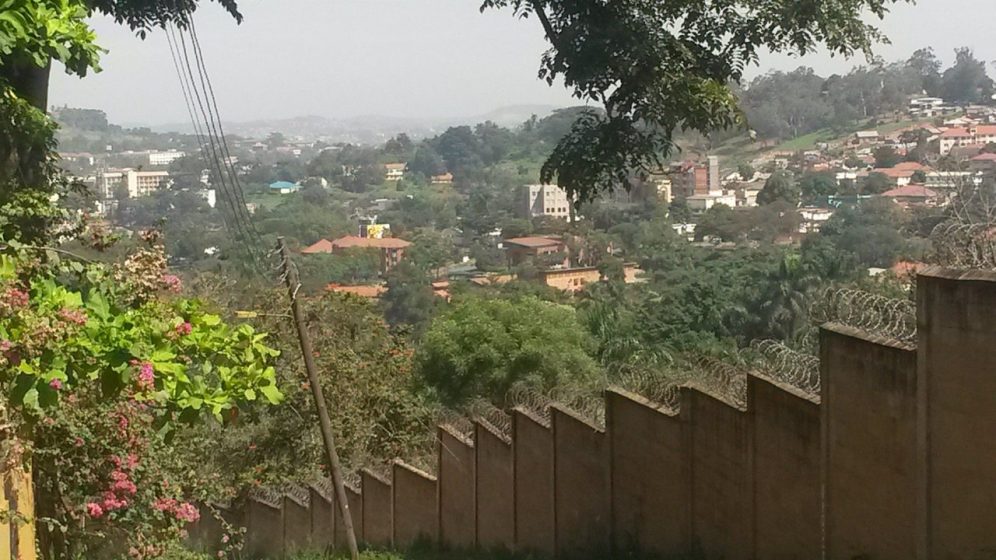 Five Reasons to Conserve Nature in Kampala
Five Reasons to Conserve Nature in Kampala
Shuaib Lwasa, Kampala
Cities in developing countries have many challenges—poverty; deficiency in infrastructure; high risk to climate-induced. Less literature or practice views these cities as sites of opportunities for enhancing ecological processes that have local as well as regional and global benefits. Here are five reasons why Kampala’s nature, if conserved, can enhance ecosystem services.
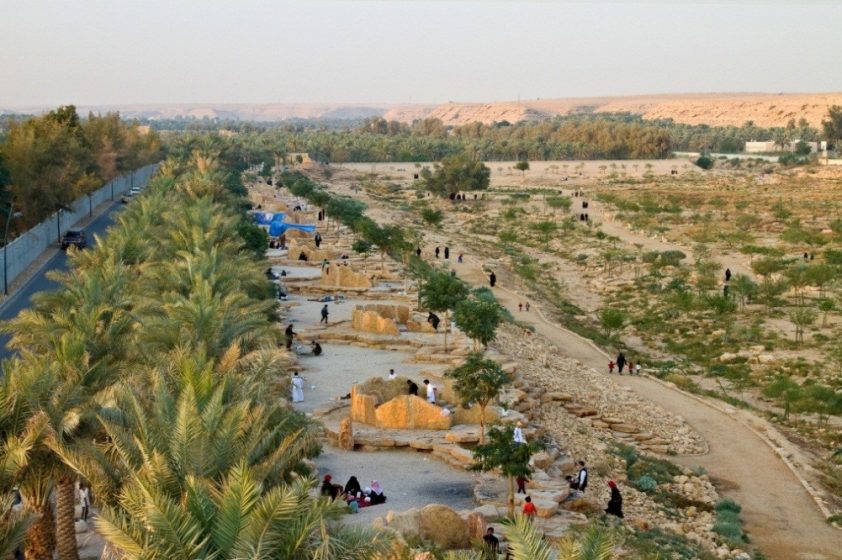 Walking on Rivers — Dry Riverbeds as Public Parks?
Walking on Rivers — Dry Riverbeds as Public Parks?
Sareh Moosavi, Melbourne
Dryland settlements were historically established along flowing rivers, where freshwater bodies sustained the communities for centuries. But this is changing. In most arid regions of the world, cities are growing and rivers are running dry. Global warming and misuse of water resources increasingly leave dry riverbeds in their wake. Rapid urbanisation has left little room for creating new public open spaces, but could urban riverbeds that remain dry for an extended period of time provide potential for new public parks?
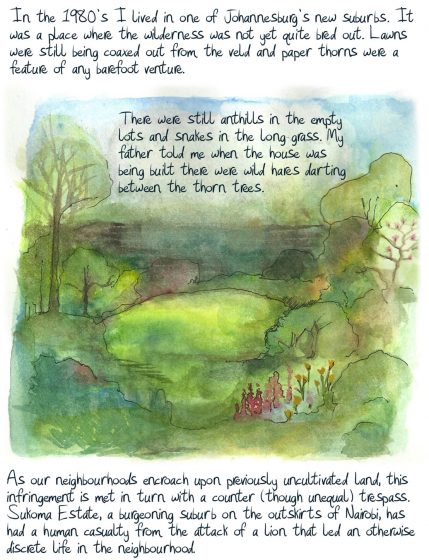 World Enough: Tales from the Bottom of the Garden
World Enough: Tales from the Bottom of the Garden
Katrine Claassens, Montreal
A painted essay with text. Excerpt:
When you drive at night from Cape Town city centre into its suburbs, there’s a scent that hits you as you get to Kenilworth, a sweetness in the air that spills from our gardens into the street. Kenilworth is pretty established, but I remember in Johannesburg, in the 80s, when we lived in the new suburb of Sunninghill. A place where the wildness was not quite bred out yet. The lawns were were still being coaxed out from the veld and paper thorns were a feature of any barefoot venture.
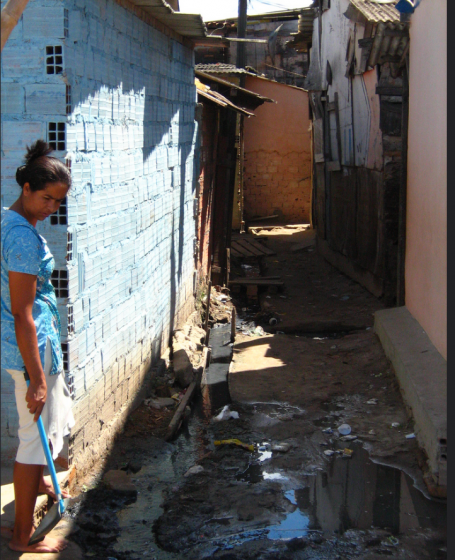 What the Zika Epidemic Means for Gender and Urban Adaptation Planning in Brazil
What the Zika Epidemic Means for Gender and Urban Adaptation Planning in Brazil
Katerina Elias, São Paulo
Two years ago, South America was swept up in a public health crisis that affected hundreds of thousands of women across the continent. In Brazil, more than 2,600 children were born with the microcephaly and other health complications resulting from the viral infection Zika. But the end of Zika doesn’t begin with the eradication of a mosquito: it requires a systemic, intersectional analysis to help identify how social, economic, urban, health and other structures shape women’s lives, power, and their vulnerability to climate impacts and access to resources.
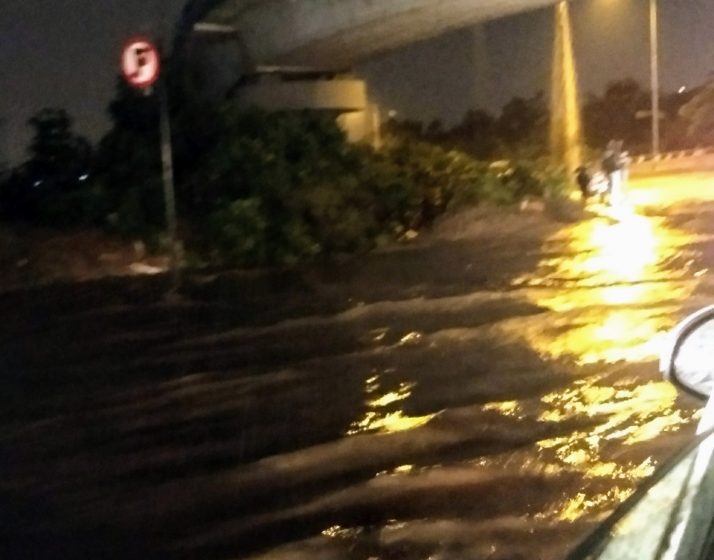 Of Flash Floods and a Lost Indian Waterscape
Of Flash Floods and a Lost Indian Waterscape
Hita Unnikrishnan & Harini Nagendra, Bangalore
In the weeks prior to the writing of this article, the city of Bengaluru was reeling from torrential rainfall. Effects of this downpour were felt in many ways—flash floods, trees uprooted, lives lost, and traffic standstills. Several lakes breached their banks, while minor rivers like the Vrishabhavati, which have not held water within city limits for decades, came back to life. It made people realize the faulty infrastructural planning of the city. The story of the Dharmambudhi lake serves as a reminder of the fact that disrupting the connectivity of a waterscape can have serious implications.
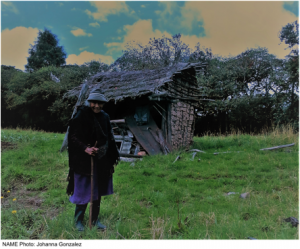 Where Can I Dream? Eight Stories of Life in Bogotá / ¿A donde puedo soñar? Ocho relatos de vida en Bogotá
Where Can I Dream? Eight Stories of Life in Bogotá / ¿A donde puedo soñar? Ocho relatos de vida en Bogotá
(Essay in English & Spanish.)
Diana Wiesner, Bogotá
In pondering the question, “Who should have access to the countless benefits and services that urban ecosystems provide?”, we put together a collection of eight first-person accounts that portray city dwellers’ dreams. These sketches of life explore both individual and collective human experiences as participants narrate their lives and reveal their innermost thoughts. These acts of remembrance provide a key to human identity and give meaning and substance to daily life.
 Can Smart Cities be Smart Green Cities? We’ll See
Can Smart Cities be Smart Green Cities? We’ll See
Gary Grant, London
As yet, there are no smart cities, although plenty of people and organizations are working hard to create them: initiatives, policies, strategies, and some projects, but no examples of cities where it all comes together. In addition, most of us are still wondering what is meant by the term “smart city”. Smart cities are coming… eventually. When they do, it is important that they be as much about nature, health, and wellbeing as traffic flows, crime detection, and evermore efficient provision of utilities.
Reviews
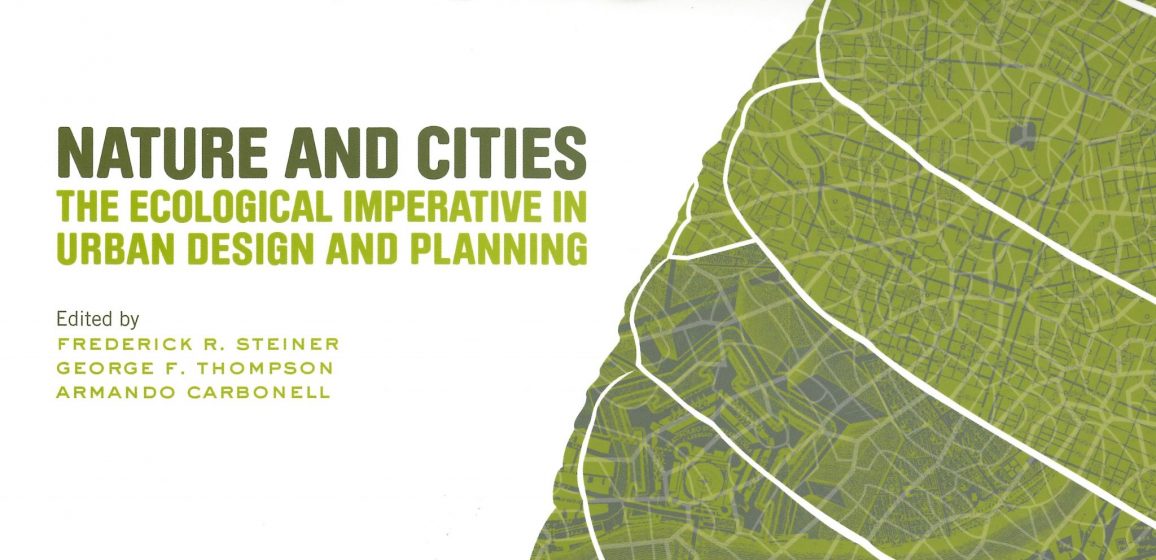 Designing Urban Nature: The Domain of Ecologically Informed Planners or Landscape Architects?
Designing Urban Nature: The Domain of Ecologically Informed Planners or Landscape Architects?
Will Allen, Chapel Hill
As I opened the handsomely large Nature and Cities: The Ecological Imperative in Urban Design and Planning, I was pleased to see a quote from Ian McHarg near the front. Through a conference and now this book, Nature and Cities has successfully advanced the urban nature literature—even for a McHarg disciple like me!
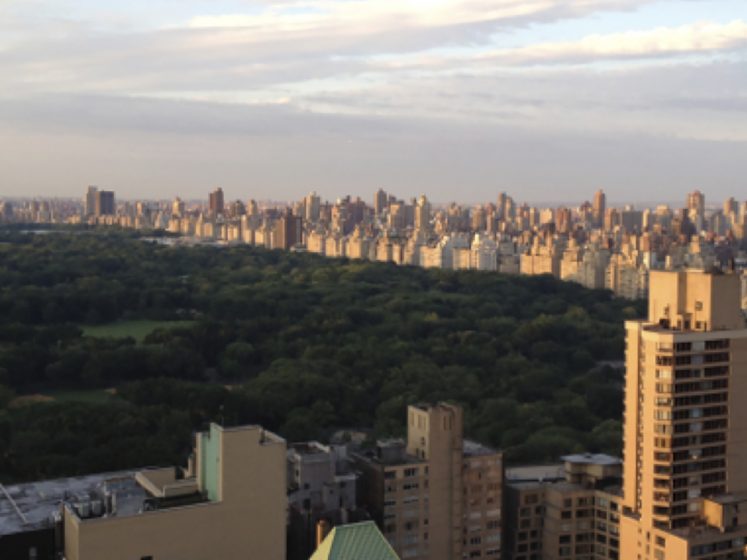
How Large Parks Complete Cities
Lynn Wilson, Vancouver
It would be hard to imagine the world’s great cities without their iconic parks. Large Parks, edited by Julia Czerniak and George Hargreaves, helps readers understand the complexities inherent in designing, planning, and managing these often contested public spaces, and I have a greater appreciation of the challenges that they face now and into the future.
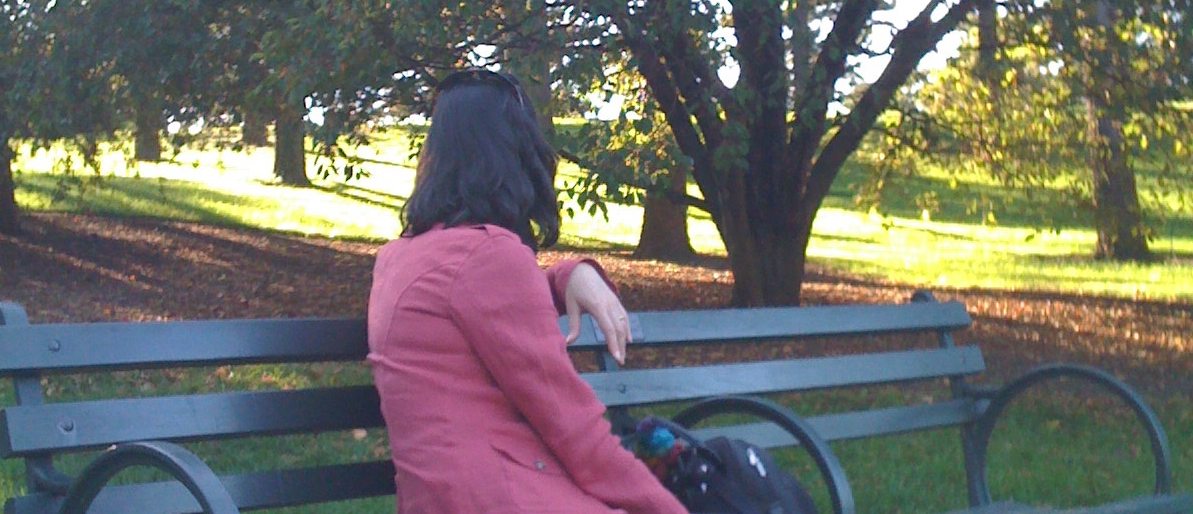 Biophilia’s Place in an Integrated Approach to Urban Planning
Biophilia’s Place in an Integrated Approach to Urban Planning
Mike Wells, Bath
Tim Beatley brings us a useful primer on incorporating biophilia into planning and design in his new Handbook of Biophilic City Planning and Design. Based in part on case studies from The Biophilic Cities Network, the handbook moves the biophilic city concept an additional step in the direction of an integrated approach to urban design.
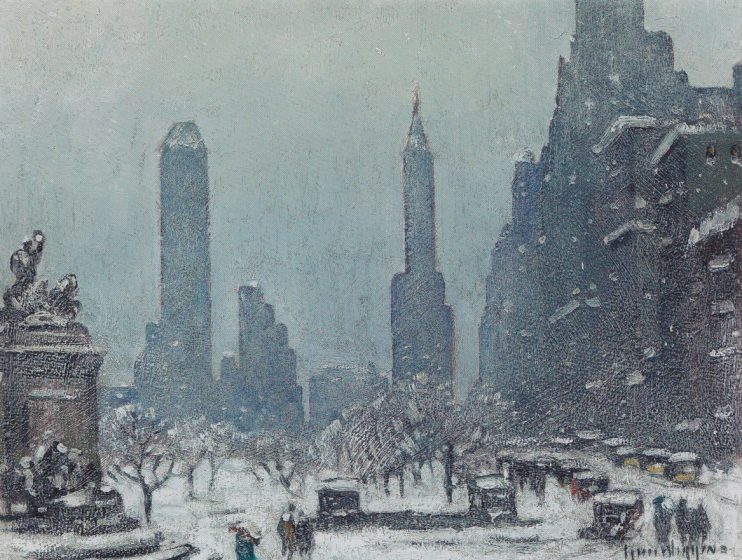 New York’s Central Park as Muse, as Imagination, as Home
New York’s Central Park as Muse, as Imagination, as Home
Mary Mattingly, New York
Reading Painting Central Park, by Roger Pasquier, convinced me that, although a term usually reserved for ornamental architecture that is out of place, parks in cities are all follies to an extent. Through being out of place they insist we confront difference. Artists who paint the landscape inside of the city are drawn to these differences. With a preface by Amanda Burden—asserting a human necessity to engage with flora amidst urban life—Roger Pasquier writes and shows an homage to Central Park.
 Urban Farming for Everyone / La Agricultura Urbana para Todos
Urban Farming for Everyone / La Agricultura Urbana para Todos
Francois Mancebo, Paris
Graciela Arosemena’s intruiging book “Agricultura Urbana – Espacios de Cultivo para una Ciudad Sostenibles / Urban Agriculture – Spaces of Cultivation for a Sustainable City” (with facing pages in English and Spanish) not only considers the merits of urban agriculture, it also provides insight, knowledge and techniques to make urban agriculture an activity accessible to everyone.


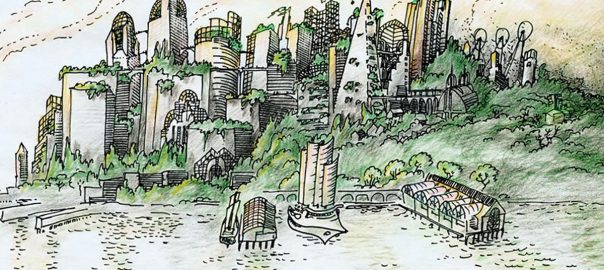
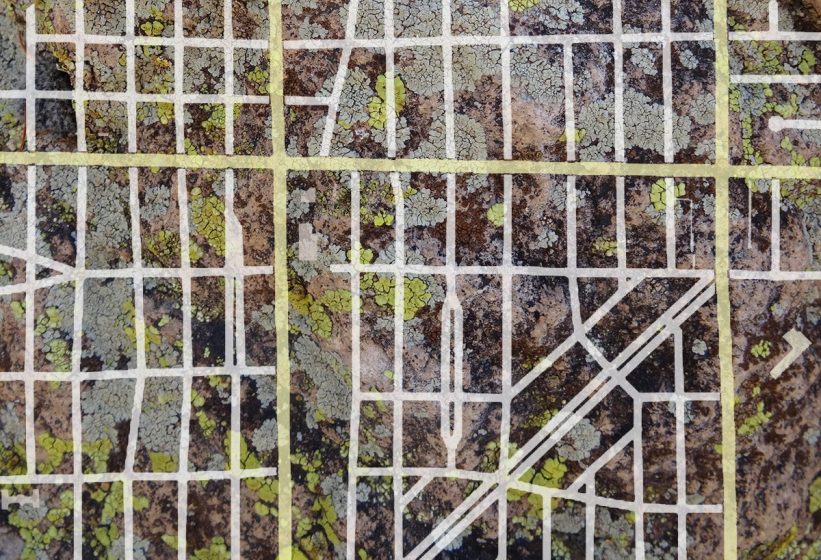
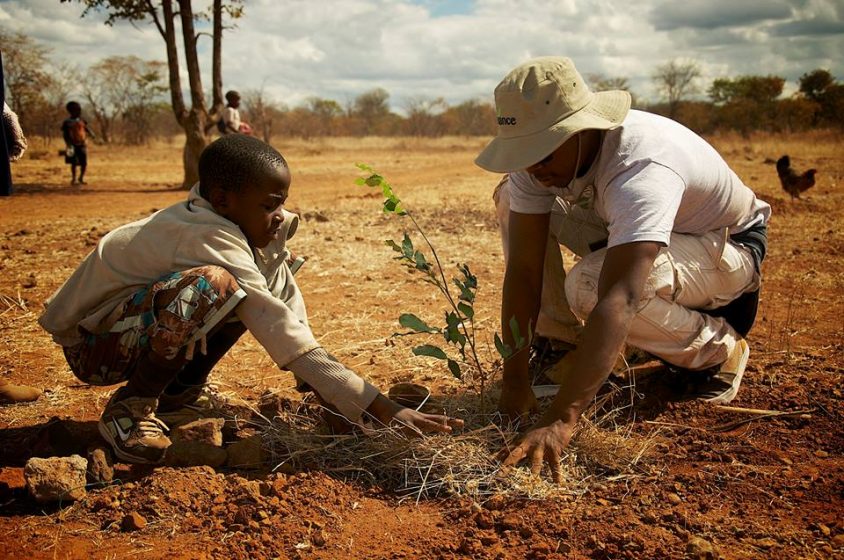
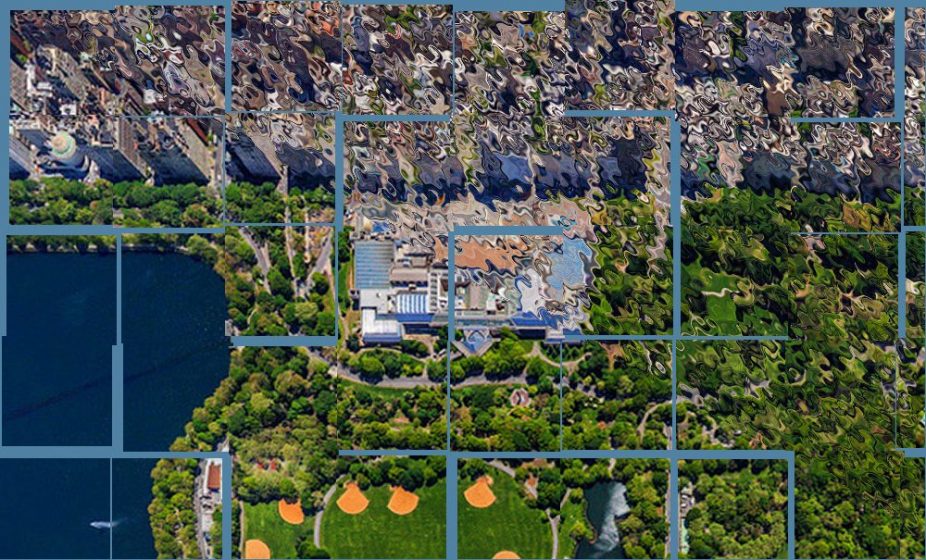 You say po-TAY-to. What ecologists and landscape architects don’t get about each other, but ought to.
You say po-TAY-to. What ecologists and landscape architects don’t get about each other, but ought to.
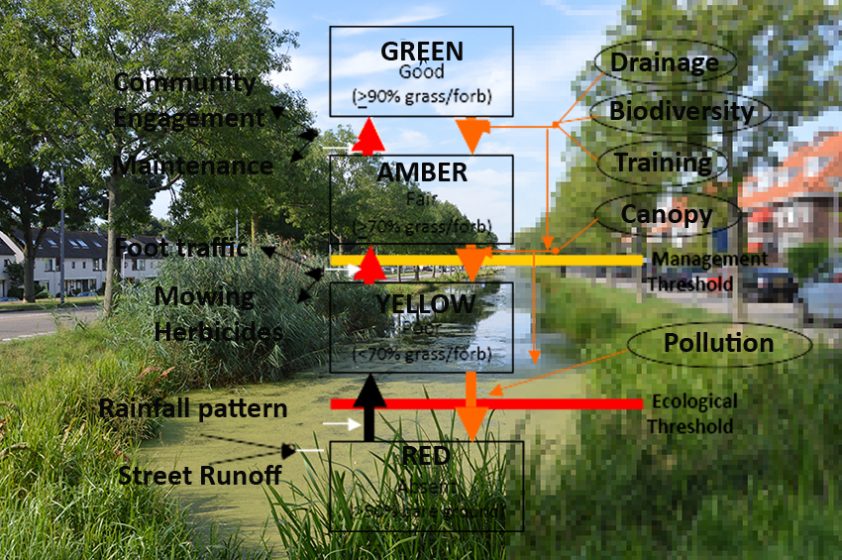
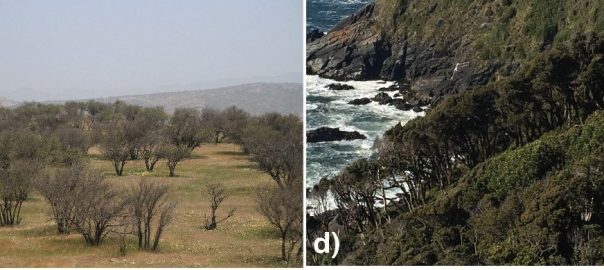
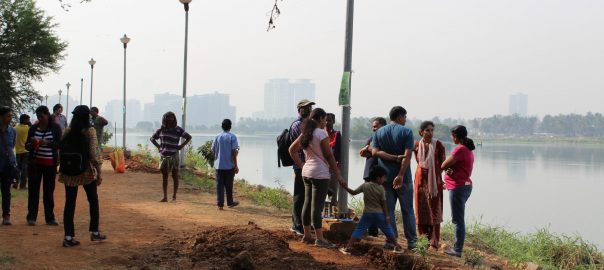
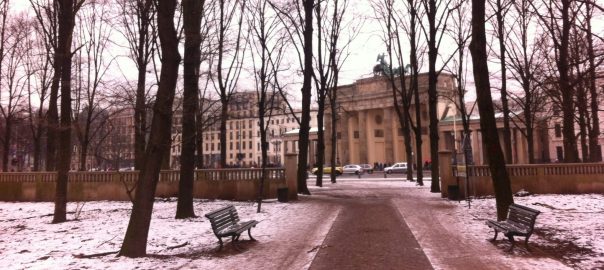

Leave a Reply